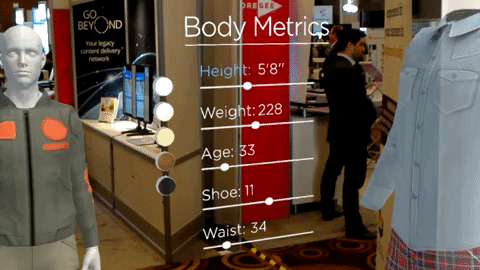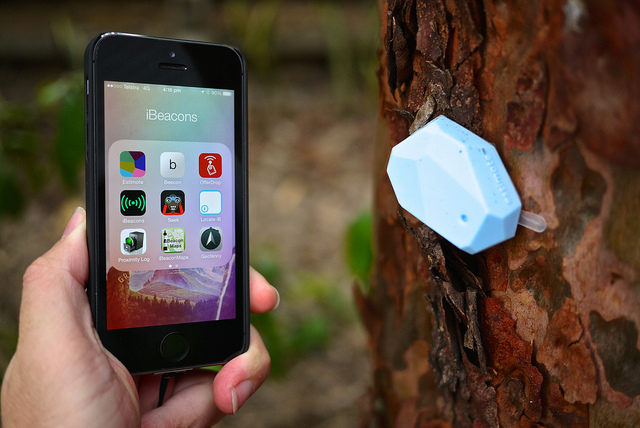NCsoft is doubling down on esports. The Korean game publisher has worked with developer ArenaNet to turn Guild Wars 2 into an esports title. Internally, the company is expanding the Western scope of its esports fighting game, Blade & Soul and it’s also launching the new MOBA game Master X Master (MXM), designed with esports in mind.
Julianne Harty, esports manager at NCsoft, told AListDaily that Blade & Soul has been evolving as an esport since 2012, and over $250,000 has been awarded to the top teams with huge followings for the game across China, Japan and Taiwan. In Korea, the last two world championships have aired on television and were livestreamed from the global game exhibition, G-Star in November. This year, which marks the fifth annual world championship, is the first time Western teams have been invited. There will be a pair of teams from North America and a pair from Europe invited to compete at the world championship in Seoul, South Korea.
“We have a pretty solid PVP scene,” Harty said. “We have a lot of people who are really keen on it because it’s completely equalized. Your gear and your level don’t matter. Your skill selection is probably the only thing that has a little bit of an effect depending on your build, but it’s truly just the skill of the two players. Our 3-vs-3 tag teams allow players to switch out, so they can create team compositions that are meant to try and counter the other team’s compositions. It’s very dynamic and very exciting. We’re very excited to actually have this kind of variety in world championships, whereas before it used to be just purely 1-vs-1 all the way through.”
While the fighting game esports scene remains largely focused on console games, Blade & Soul differentiates itself as a PC-based 3D game. Past world championships have attracted big Korean sponsors, including the city of Buson. Harty said there are opportunities for big name sponsors with the new Western expansion.
“Blade & Soul is in a very unique position in the esports environment because it’s an MMORPG, but it has fighting game elements. It fits that nice sweet spot where it’s not quite a fighting game, it’s not quite an MMO, but it has a lot of exciting elements and gameplay that you don’t see in other esports titles,” Harty said. “Having that cross-ocean appeal, especially given how popular it is in Korea, China and Japan, there are a lot of people who will watch it.”
While Blade & Soul doesn’t pull in League of Legends streaming numbers, Harty said there is a strong audience that follows the game. The Korean Season 1 Finals recently made it on the front page of Twitch in the US at two in the morning.
On June 21, NCsoft is launching a new multiplayer online battle arena (MOBA) game, Master X Master (MXM), that’s being designed for esports.
“It has proven itself to be very versatile and very appealing to a lot of pro players,” Harty explained. “We had a lot of former League of Legends pro players come in and play it in the very early stages of the game through the closed betas, and they loved it. HotShot GG compared the game to League of Legends in its early days and he couldn’t stop playing it. That’s important because the community has to build up an esport. We had MXM tournaments during our closed beta, which was a great sign that the community wants esports.”
Harty said that once the game officially launches in June, NCsoft will lay the foundation to turn the game into a bigger esports endeavor and start encouraging people to build teams, have tournaments, and figure out the meta game.
“My goal is by the end of the year to have something very serious in place,” Harty said.
MXM esports will debut with a Western focus, since this territory will be the first to launch the game. That’s the exact opposite of how past NCsoft esports games have evolved.
“We’re in a good spot to lead the way with this particular title,” Harty said. “We will have something set up by the end of the year into next year. It will probably be just Western-focused, but having said that my counterparts in Korea also have indicated an interest in being part of whatever it is that we end up setting up as well, so I’m hoping to have more of a global footprint into esports in contrast to Blade & Soul esports, where each territory does their own thing to select their champions and move to worlds. For this one, I’m hoping for a universal rule set that makes it clear for everyone how they can move on and what the ultimate goals are going to be on the horizon.”



 To demonstrate the power of gigabit speeds, Verizon built the Fios Connected Home inside of its New York headquarters, which is a mock apartment space filled with smart devices. Yet, even with this impressive demonstration, there is one issue with marketing the service: average users don’t require this kind of speed. However, Verizon quickly discovered that there is one type of user that can’t get enough speed, and that’s gamers—particularly esports competitors. That realization led to a shift from strictly marketing the service to the general public to putting an
To demonstrate the power of gigabit speeds, Verizon built the Fios Connected Home inside of its New York headquarters, which is a mock apartment space filled with smart devices. Yet, even with this impressive demonstration, there is one issue with marketing the service: average users don’t require this kind of speed. However, Verizon quickly discovered that there is one type of user that can’t get enough speed, and that’s gamers—particularly esports competitors. That realization led to a shift from strictly marketing the service to the general public to putting an 
 “We just see a great upside in using beacons to enrich the one-to-one experience with our customers,”
“We just see a great upside in using beacons to enrich the one-to-one experience with our customers,” 

 How did the partnership with DreamWorks come together?
How did the partnership with DreamWorks come together?